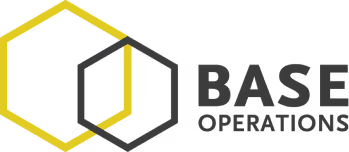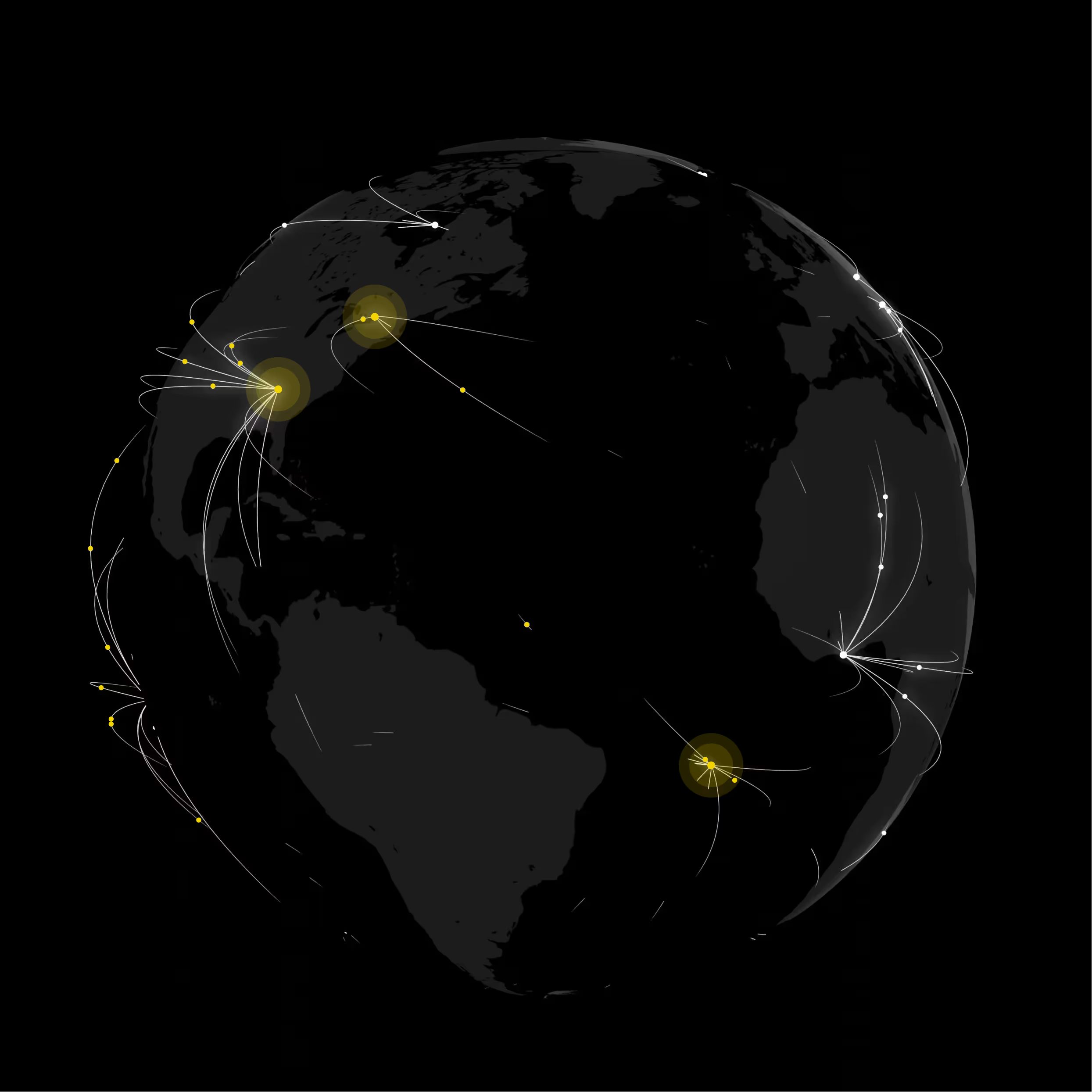
Fortune 500 ERP Provider Improves Event Security in Dense Urban Environments
Global Workplace Safety team transformed event security assessments from generic city-wide reporting to block-level precision, enabling data-driven protective postures for high-profile gatherings in complex urban venues.

0.1 mile radius precision
75-90% confidence scoring
Executive-level visibility
Challenge
For a corporate event hosting 70 attendees near Bryant Park in New York City, the Global Workplace Safety team faced a critical gap: generic city-level threat intelligence couldn't address the venue's specific risk profile. The location required attendees to cluster in a ground-floor lobby before taking elevators, creating concentrated exposure in one of Manhattan's densest areas. Without block-level visibility into crime patterns, protest activity, and incident timing, the team couldn't provide staff with the precision needed to calibrate protective measures—forcing them to either over-deploy resources or accept preventable risk exposure.
Solution
The team deployed Base Operations to conduct micro-assessments within a 0.1-0.2 mile radius of the venue, replacing qualitative city-level reporting with quantified, block-specific intelligence. Analysts used BaseScore, recent crime trends, and confidence-scored predictions for the immediate blocks surrounding Bryant Park. The platform's protest database revealed historic demonstration activity with organizer details, locations, and objectives. This enabled the team to create data-driven security briefings for EP advance agents with tailored recommendations based on the venue's actual micro-environment.
Results
The team achieved unprecedented precision, identifying that approximately 2 crimes were likely to occur within the immediate venue radius on event day with 75-90% confidence. This quantified risk assessment—including probable crime types and timing—enabled staff to calibrate protective postures with data instead of guesswork. The transformation elevated Global Workplace Safety's visibility within the organization, with risk assessments now shared directly with executives, demonstrating the team's evolution from reactive support function to strategic advisor.
For a corporate event in one of Manhattan's densest commercial districts, the Global Workplace Safety team at a Fortune 500 enterprise software provider faced a security planning problem that city-level threat intelligence couldn't solve. Seventy attendees would gather in a ground-floor lobby near Bryant Park before taking elevators—creating concentrated exposure in an area where crime patterns varied dramatically block by block.
The EP advance agent needed specific answers: What threats existed within 0.1 miles of the venue entrance? When were incidents most likely to occur? What protest activity had historical precedent in these exact blocks? Traditional security assessments offered Manhattan-wide statistics and qualitative risk ratings—none of which addressed venue-level decisions.
The Challenge: When City-Level Intelligence Fails Venue-Level Decisions
Without block-level visibility, the team faced a hard choice: over-deploy protective resources based on worst-case Manhattan scenarios, or accept preventable risk by relying on broad statistical averages that didn't reflect the venue's micro-environment.
The venue's layout intensified the challenge. Attendees clustering in a ground-floor lobby created predictable vulnerability requiring precise threat timing and location data. Which blocks showed elevated theft patterns? What time of day were violent crimes most likely? Which access points carried better risk profiles?

Traditional sources provided none of this granularity. City-level crime statistics averaged risks across Manhattan's 23 square miles. Qualitative ratings like "moderate risk" gave no actionable guidance. Protest intelligence existed only as reactive news monitoring, with no database of historic patterns, organizer behaviors, or location-specific precedent.
When executives asked about specific security measures, analysts couldn't provide confidence-scored answers—only subjective assessments that undermined credibility.
Block-Level Precision Replacing Generic Urban Reporting
Base Operations transformed the assessment workflow from broad geographic guesswork to micro-radius precision. For the Bryant Park event, analysts conducted threat assessments within a 0.1-0.2 mile radius of the venue entrance—focusing on the exact blocks where attendees would cluster and access the building.
BaseScore provided quantified risk ratings for the immediate vicinity. Analysts reviewed recent crime data for the specific blocks surrounding Bryant Park—identifying the most likely incident types and their timing patterns throughout the event day.

Instead of aggregating city-level statistics and making subjective interpretations, analysts accessed block-specific intelligence with confidence scoring. Base Operations calculated that approximately 2 crimes were likely to occur within the immediate radius on event day, with 75-90% confidence—and identified which crime types were most probable.

Protest intelligence became equally precise. The platform revealed a historic protest on August 15 in the immediate area, complete with details many sources never captured: which organization hosted it, the exact location, and the protesters' stated objectives.
The team incorporated additional operational intelligence: nearby public transit access, hospital locations, and neighborhood patterns affecting attendee movement. These elements combined into comprehensive security briefings for EP advance agents—replacing generic urban summaries with tailored, venue-specific protective guidance.
The Results: Quantified Risk Intelligence Builds Credibility
For the Bryant Park event, advance staff received briefings with block-level crime patterns, confidence-scored incident predictions, and historic protest context.

Analysts identified approximately 2 crimes likely to occur within the immediate venue radius with 75-90% confidence—and specified which crime types were most probable and when. This quantified intelligence enabled advance agents to calibrate protective measures with data instead of worst-case assumptions, optimizing resource deployment around actual threat probability.
Block-level visibility revealed patterns city-wide statistics obscured. The team identified which venue access points carried higher risk based on surrounding block crime patterns. They pinpointed time windows when theft or violent crime showed elevated probability. And they accessed historic protest data showing who organized demonstrations, where they gathered, and their stated objectives.
The precision created new strategic positioning for the Global Workplace Safety team. Risk assessments that previously stayed within the security function now reached executive visibility. Security evolved from reactive support to proactive intelligence—shaping event planning decisions before risks materialized.
Looking Ahead: Scaling Granular Intelligence Across Global Events
The Bryant Park success established a repeatable model. The same micro-radius assessment approach now supports event security across the company's global footprint—from smaller high-profile gatherings to large-scale conferences hosting 20,000 attendees.
The team continues expanding Base Operations into executive protection assignments and workplace safety assessments across international locations. The quantified, confidence-scored intelligence has permanently elevated how leadership views security contributions—from tactical event support to strategic capability influencing venue selection, resource allocation, and executive confidence in operating across challenging urban environments worldwide.
Related Case Studies

How a Fortune 500 Security Team Cut Event Risk Assessment Time by 70%
Base Operations enables global risk intelligence team to reduce site assessment time by 70% while securing high-profile corporate events across 10+ locations annually.

Fortune 10 Company Eliminates Security Blind Spots Across 500+ Global Locations Under Fast RTO timeline
Global Risk Intelligence Team transforms threat assessment capability from weeks to hours while protecting 1.5M employees during critical return-to-office transition across 35 metropolitan markets.

Discount Retailer Cuts Security Incidents by 75% with Data-Driven Resource Allocation
A major discount retailer with 16,000+ locations transformed their security approach by leveraging local threat data to identify patterns, optimize resource deployment, and reduce incidents at high-risk locations.






